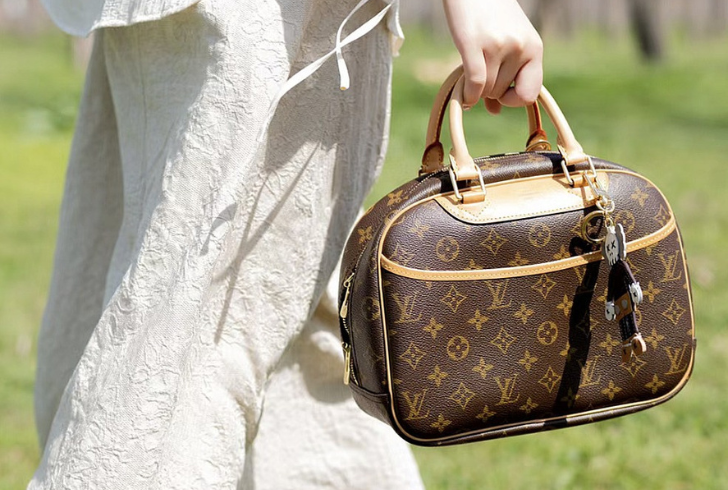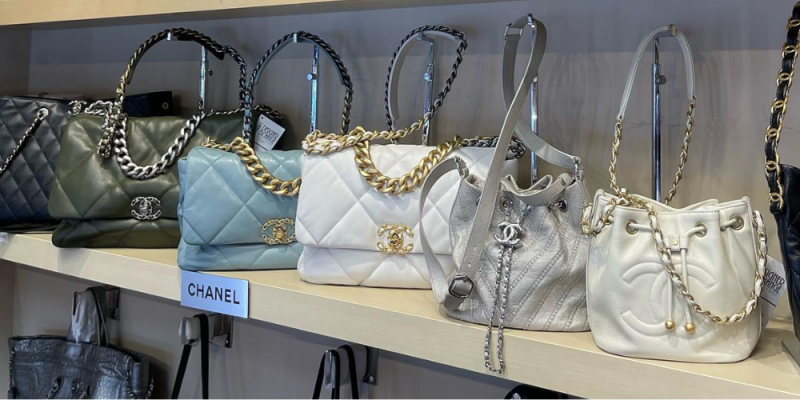In the world of luxury fashion, the term "handbag arbitrage" is making waves. This intriguing phenomenon involves savvy shoppers taking advantage of regional price differences on designer handbags. Essentially, the practice entails purchasing luxury items at lower prices in one market and selling them for a profit in another where prices are significantly higher.
This dynamic is transforming the luxury market, particularly between Europe and China, as both resellers and consumers exploit these pricing discrepancies to their advantage.
What Is Handbag Arbitrage?
Handbag arbitrage involves buying high-end handbags in regions where they are priced lower and then reselling them in markets where they are priced higher. This practice is particularly prevalent in markets where luxury goods carry a significant markup. For instance, the same designer handbag can be substantially cheaper in Europe than in China, leading to a lucrative opportunity for resellers.
The Price Gap Between Markets

Instagram | keeksdesignerhandbags | Handbag arbitrage is buying luxury handbags in cheaper markets and reselling them where prices are higher.
The luxury market has witnessed substantial pricing variations across different regions. According to a recent analysis, the cost of luxury items in China can be up to 24% higher than in Paris. This disparity is partly due to regional taxes, import duties, and varying market strategies employed by luxury brands.
As a result, savvy traders can buy luxury handbags in Europe and sell them in China at a lower cost than the local retail price, exploiting the price gap for significant profit margins.
The Rise of Daigou Traders
Central to the handbag arbitrage phenomenon is the role of daigou traders. The term "daigou" refers to individuals or businesses that buy products on behalf of others, often exploiting price differences between regions. Initially, daigou traders were often students or expatriates who would purchase luxury items during their travels and send them back home. Today, however, the market has evolved, with professional traders using sophisticated networks and bulk buying strategies to maximize their profits.
Why Are Luxury Goods Cheaper in Europe?
Several factors contribute to the lower prices of luxury goods in Europe compared to other regions:
1. Regional Taxes and Tariffs - European countries often have lower luxury taxes and tariffs compared to markets like China, where import duties and taxes can significantly inflate prices.
2. Market Pricing Strategies - Luxury brands may adopt different pricing strategies based on regional market conditions, leading to price discrepancies.
3. Currency Exchange Rates - Fluctuations in currency exchange rates can also affect the pricing of luxury goods across different regions.
The Impact on Luxury Brands

Instagram | daily.lv.vuitton | Louis Vuitton has reduced wholesale distribution and tightened supply chain controls to combat handbag arbitrage.
The growing trend of handbag arbitrage presents both opportunities and challenges for luxury brands. While it allows some consumers to access high-end products at reduced prices, it also impacts the profitability of luxury brands. Brands like Louis Vuitton have attempted to counteract the effects of handbag arbitrage by limiting their wholesale distribution and tightening control over their supply chains. However, this approach has had mixed results, as it does not fully address the price gap or curb the practice entirely.
The Role of Inflation and Market Dynamics
In recent years, luxury brands have significantly increased their prices, with some items seeing price hikes of up to 55% since 2019. This increase is driven by factors such as rising production costs and brand positioning strategies. However, these price hikes can inadvertently push consumers towards daigou traders, who offer the same products at lower prices.
The Future of Handbag Arbitrage
The handbag arbitrage market is evolving rapidly, with professional traders becoming more sophisticated in their operations. As the luxury industry continues to face pricing challenges and market fluctuations, it is likely that handbag arbitrage will remain a significant factor in the global luxury market. Brands may need to reconsider their pricing strategies and distribution channels to address the impact of this practice effectively.
Handbag arbitrage reveals the complexities of the global luxury market, highlighting challenges in maintaining consistent pricing across regions. While it allows savvy consumers to buy luxury goods at lower prices, it also complicates pricing strategies for brands aiming to protect profit margins and market positioning. As the market evolves, handbag arbitrage will continue to impact both consumers and brands. Understanding these dynamics helps consumers make informed choices and assists brands in managing global pricing disparities.






